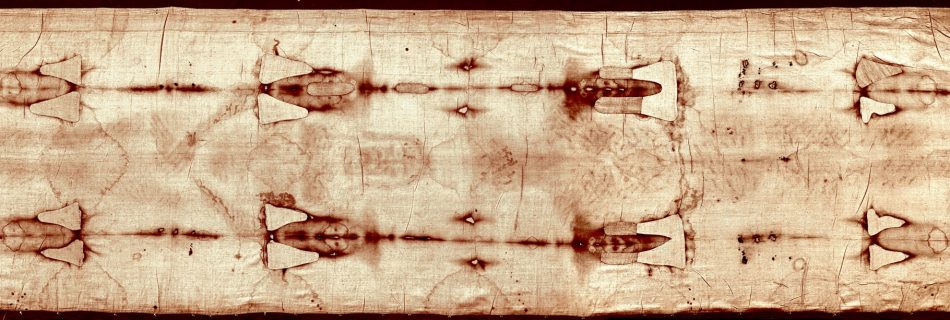Bas-relief
https://en.wikipedia.org/wiki/Relief#/m … se)_01.JPG Since bas-relief has been mentioned multiple times, we’ll start looking at this first. What is bas-relief? Bas-relief is a type of relief (sculpture) that has less depth to the faces and figures than they actually have, when measured proportionately (to scale). This technique keeps the natural shapes of the figures and allows …
